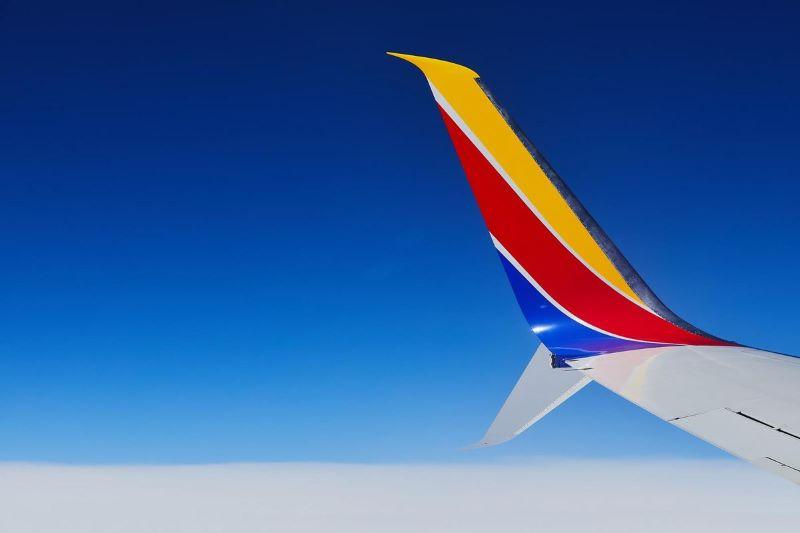Southwest At Maximum Pilot-Production, Eyes Double-Digit Capacity Growth

Pilot throughput is the most important gating factor to Southwest Airlines’ aggressive growth plans, but the carrier remains confident it is producing enough flight crewmembers to meet double-digit capacity growth targets planned for 2023.
“The training pipeline is full,” CEO Bob Jordan said on the company’s third-quarter (Q3) earnings call Oct. 27. “Our plan this year was to hire 1,200 pilots, and we will hit that. The plan next year is to hire 2,100 pilots, and we will hit that. And then the plan is to have the pilots catch the aircraft late next year so that we’re flying the whole fleet.”
Southwest ended Q3 with 742 aircraft and plans to start 2023 with 768, or three more than its previous guidance, with the difference being three fewer 737-700 retirements.
Q3 capacity was down 0.3% compared to the same time period in 2019—due in large part to the ramifications of Hurricane Ian—and is expected to be down about 2% in Q4. Southwest plans to start 2023 with significantly more flying year-over-year, growing capacity 10% in Q1 and 14% in Q2.
“While we aren’t ready to provide full year ‘23 capacity guidance yet, that should give you an idea of the rate of capacity growth next year,” COO Andrew Watterson said.
“Our pilot hiring and training continues to be the pacing factor for growth as we move forward,” President Mike Van De Ven said. “We’re at maximum training throughput with all of the infrastructure that we have,” which will include 26 full-flight simulators by Jan. 1. “We’ve got enough check airmen to go do that. So, we’re just hiring a lot of new pilots, we’ve got a lot of captain upgrades, and we have the normal recurrent training. We’ll be at maximum training capacity in 2023, and then it falls off in 2024 and beyond.”
Southwest expects to take delivery of 66 737-8s in 2022. Contractually, it was to supposed to receive 114 737s, including some 737-7s, but a combination of certification issues with that variant and general supply-chain delays is holding the number down.
Executives report that Boeing is now meeting revised targets, which bodes well for near-term fleet planning.
“We are encouraged to have received all 23 -8 MAX aircraft in Q3 as expected, and continue to expect 31 -8 MAX aircraft deliveries here in the fourth quarter,” CFO Tammy Romo said. The company’s fleet plan calls for at least 90 more in 2023, though that figure will change, since nearly 50 2022 deliveries will slip into the future.
Uncertainty over the 737-7’s entry into service is forcing Southwest to shuffle its order book and take 737-8s where possible. Executives emphasize that its 2023 plan does not depend on any 737-7 deliveries.
“Our network plan and business plan for next year assumes no MAX 7 deliveries,” Watterson said. “We can operate 2023 just fine with all MAX 8s” and 737-700s, he added.
Southwest reported $277 million in net income on a record $6.2 billion in revenues in Q3, compared to $659 million net income on $5.6 billion in Q3 2019. Q3 CASM-ex was up 12.2% year-over-year, and the fourth quarter’s (Q4) outlook calls for a 14-18% increase compared to Q4 2019. More than half of the increase stems from sub-optimal fleet utilization, Romo said.
“Travel demand is strengthening, and we expect both leisure and business revenue trends to improve sequentially from Q3, and bookings for the holidays are strong,” Watterson said.
Southwest is projecting Q4 operating revenues to increase 13%-17% versus Q4 2019, he added.

